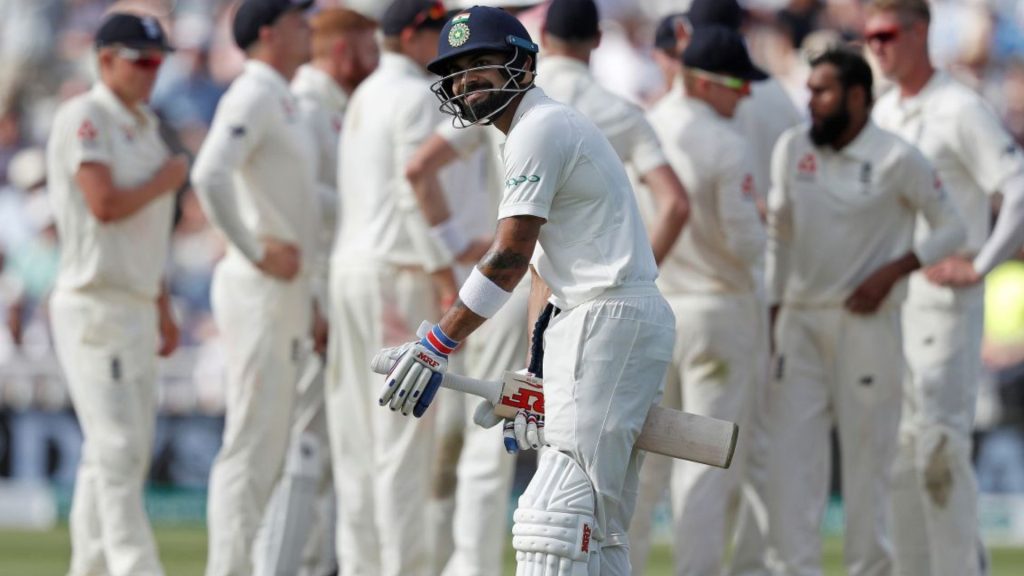India’s recent ODI series against Sri Lanka ended in disappointment as the team suffered a 2-0 defeat. The series loss marked a significant low point for the Indian team, as it was their first bilateral ODI series defeat against Sri Lanka in 27 years. In this article, we’ll take a closer look at the series and analyze the key factors that contributed to India’s defeat.
- Poor Batting Performance: India’s batting performance was a major factor in their defeat. The team struggled to chase down targets in both matches, with the batting unit failing to build partnerships and capitalize on good starts. The team’s over-reliance on individual performances was evident, as the middle order failed to provide support to the top-order batsmen.
- Inconsistent Bowling: While India’s bowlers had their moments in the series, they were inconsistent in their performance. The team struggled to take wickets at regular intervals, allowing the Sri Lankan batsmen to build partnerships and post competitive totals. The lack of wicket-taking options in the middle overs was a major concern for the team.
- Poor Fielding: Fielding has been a major strength of the Indian team in recent years, but it was a major letdown in the series against Sri Lanka. The team dropped crucial catches and missed run-out opportunities, which allowed the Sri Lankan batsmen to score freely.
- Lack of Preparation: The Indian team had very little time to prepare for the series, as they were coming off a long break. The lack of match practice was evident, as the team struggled to adapt to the conditions and find their rhythm.
Sri Lankan Dominance: The Sri Lankan team played with great determination and skill throughout the series. Their batsmen were aggressive and took the attack to the Indian bowlers, while their bowlers were disciplined and consistent in their performance. The team’s all-round performance was a major factor in their victory.





